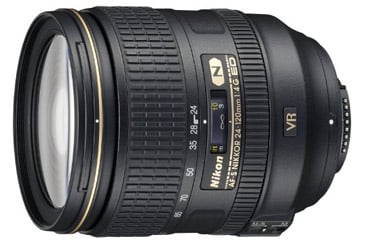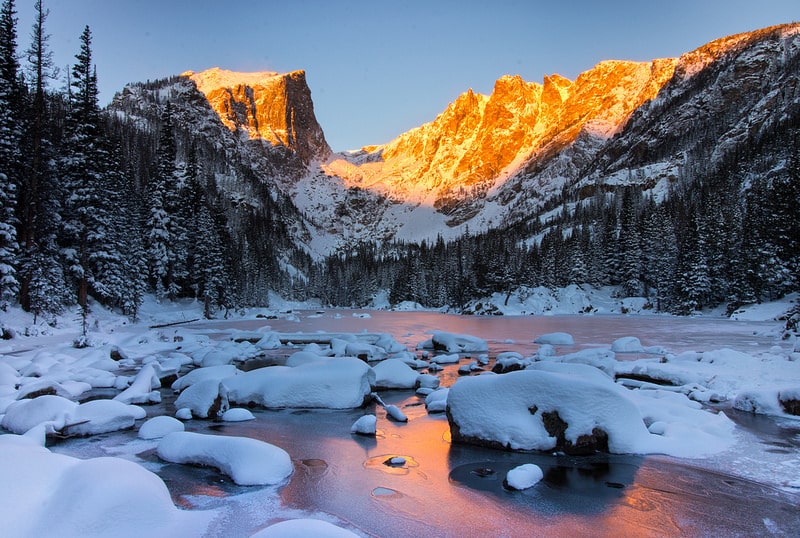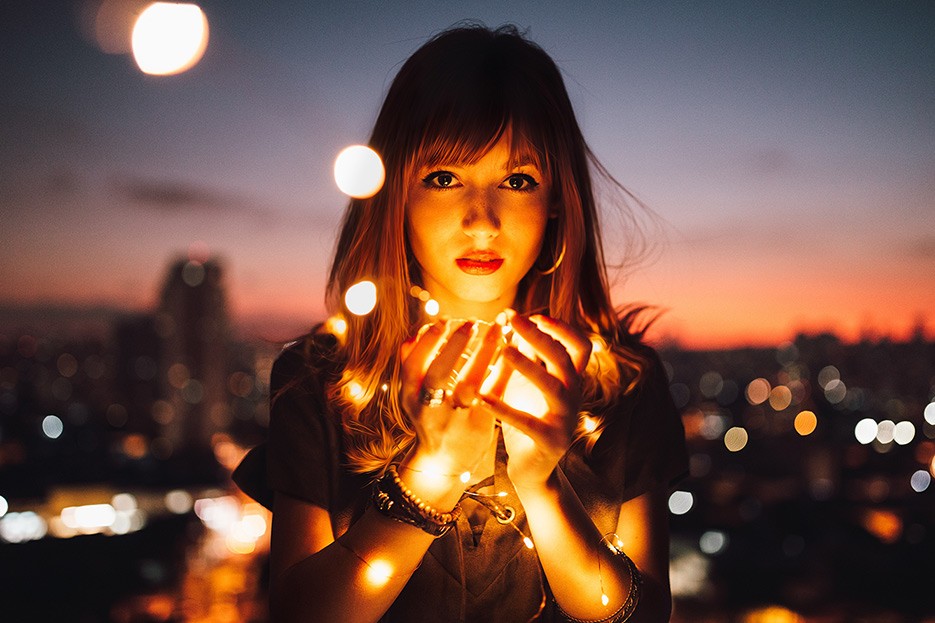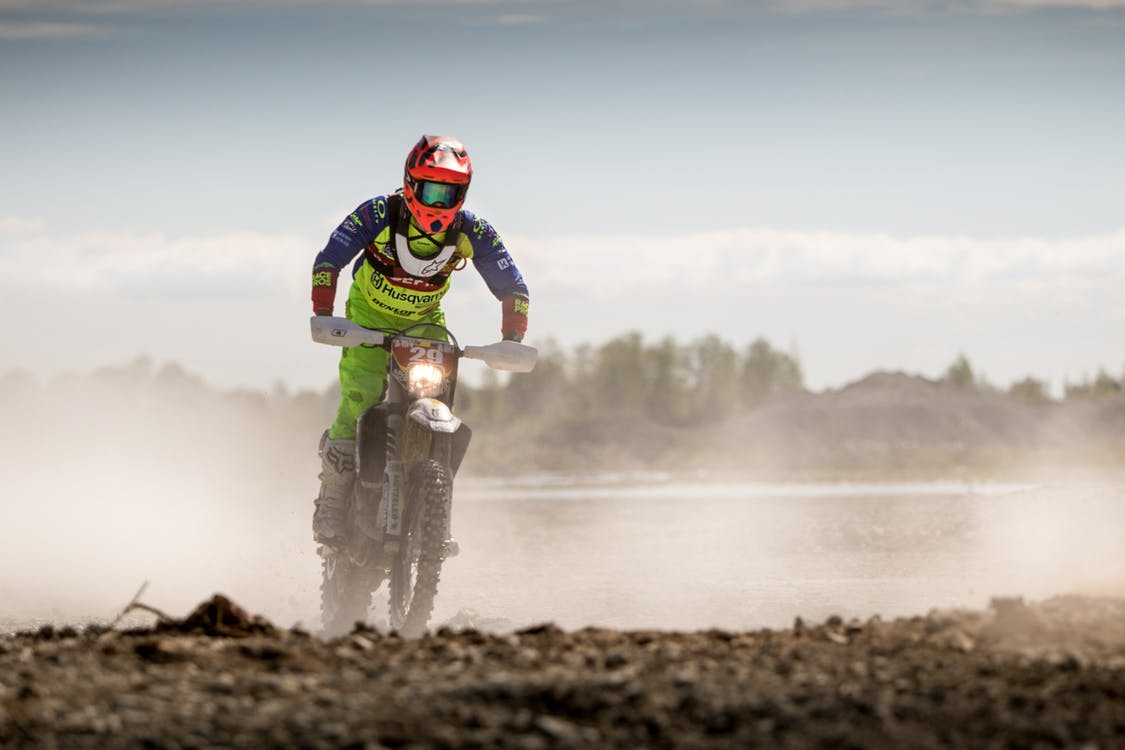If you’re looking for the most compact and worry-free way of traveling with your camera, it’s best to get an all-around zoom that will allow you to shoot pretty much everything.
This includes indoor shots, groups, environments, landscape, streets, people, animals, food and much more. By carrying only one lens, you don’t have to switch between different lenses in order to capture a shot, thus saving a lot of time for one-time situations.
Even if you already own a couple of lenses, you’ve probably already felt like using only one lens every now and then.
Below you will find our top lenses from Nikon, Sigma and Tamron.
Table of Contents
ToggleBest Nikon Zoom Travel Lenses:
Tamron 15-30mm f/2.8 Di VC USD
Nikon 16-35mm f/4G ED VR
Sigma 18-300mm f/4-5.6 DC OS HSM
Nikon 24-70mm f/2.8G ED
Nikon 24-120mm f/4G ED VR
Best Nikon Prime Travel Lenses:
Nikon 35mm f/1.8G AF-S
Nikon 50mm f/1.8G AF-S
If you decide to buy anything after clicking on our Amazon links, you automatically support us. It’s what allows us to write guides such as this one.
1. Tamron 15-30mm f/2.8 Di VC USD
Wide zooms are great if you’re mostly going to take pictures of landscape, streets, indoors and similar places when traveling.
Wide zooms from third-party lenses that would challenge more expensive Nikon zooms are hard to find, but the Tamron 15-30mm f/2.8 Di VC USD does just that.
It was made to rival Nikon’s famous 14-24mm f/2.8G and Canon’s 16-35mm f/2.8 series. None of these have any stabilization added though, and that is perhaps Tamron’s strongest selling point right now. That, and the low price combined with excellent image quality! Check out Dpreview’s comparison between 14-24mm and Tamron 15-30mm here.
Compared to Nikon’s version, the Tamron is a lot cheaper, has more zoom on the far end (although you lose 1mm, which to some may be important) and offers Vibration Reduction which is really useful especially if you record hand held videos. The Vibration Reduction (VC) mechanism helps up to 3 stops (you can see it in TDP’s review here), which means you can shoot with 1/8 where you’d normally have to choose 1/60.
Thanks to USD (Ultrasonic Silent Drive) it focuses quietly and accurately. Third-party lenses are never as good as Nikon lenses, so you can expect hunting every now and then in low light, but it’s very fast and usable for action as well!
You can buy it at Amazon or see more reviews here.
2. Nikon 16-35mm f/4G ED VR
The Nikon 16-35mm f/4G ED VR is another excellent lens, although it costs only around $100 less than the Tamron.
What are the pros and cons compared to the 15-30mm?
- You can use normal filters on the 16-35mm f/4
- The 16-35mm is a lot smaller and lighter (almost twice as less)
- 5mm more on the telephoto end.
A lot of people find the dimensions to be very important, so if for your traveling needs you want to be as light as possible, the 16-35mm wins big here.
On the other hand, the Tamron being just a little bit more expensive, it gets you an f/2.8 aperture, slightly better image quality in corners and 1mm extra which is very useful when shooting in tight indoor spaces.
Both lenses have Vibration Reduction, so it’ll ultimately come down to whether you find the 3 advantages of the 16-35mm f/4 to be crucial for your needs. Personally, I’d go with Nikon, but that’s just because I value lower weight more than the f/2.8 for most of my wide angle shots.
You can buy it at Amazon or see more reviews here.
3. Sigma 18-300mm f/3.5-6.3 DC OS HSM

Tthe Sigma 18-300mm f/3.5-5.6 DC OS HSM is the perfect travel lens. Take it out for walks, or use it as your only lens when travelling all over the world, it’s fit for all.
Its range is literally meant for travel photographers. 18mm allows you to capture landscape, while 300mm gets you close to most animals and sports. In between, you’re free to shoot whatever you wish.
It does get softer at 300mm as expected, but stopping down to ~f/8 greatly improves sharpness. Unfortunately this means it’s not good indoors at ~300mm because you have to shoot with really long shutter speeds. However, there’s no all-around super zoom that would allow you to do that so we can’t complain much here.
This can be “fixed” by enabling the Optical Stabilization or using a higher ISO speed, but yeah….noise and all, you know. If only life was that easy. We used to really like Nikon’s 18-140mm lens, but for the same price you don’t nearly get as much value.
You can buy it at Amazon or see more reviews here.
4. Nikon 24-70mm f/2.8G ED AF-S
We only recommend the the Nikon 24-70mm f/2.8G ED for FX cameras. Why? Because it’ll be too long on DX cameras to be used as a travel lens.
It’s expensive, yet worth every dollar. The 24-70mm range is useful for almost all types of photography, from landscape, indoors, weddings, cities, traveling etc. The 24-70mm lens is extremely popular with every brand, and the Nikon is no exception.
There’s a cheaper Tamron 24-70 f/2.8 with Vibration Reduction and similar image quality. However, what ultimately led us to go with Nikon was more solid build quality and construction, and a faster, more reliable AF system even in low light. If you don’t need the latter to be sports-like, then you’ll appreciate the cheaper Tamron. You can check out the comparison at Camera Labs, where both corner and center performance look similar for both lenses. As of 2015, Nikon also sells their own 24-70mm f/2.8 VR but it’s at around $2,200.
The 24-70mm is also a bit heavier than the 24-120mm below, but it balances nicely with bigger FX models (such as the D810).
You can buy it at Amazon or see more reviews here.
5. Nikon 24-120mm f/4G ED VR
We find the Nikon 24-120mm f/4G ED VR to be the best bang for the buck right after Sigma’s lens. It does offer a lot of zoom but nothing unrealistic, the aperture stays at f/4 throughout the whole zoom and Vibration Reduction is a big plus when working with longer lengths.
Again, due to its starting point 24mm, we recommend it to FX users. It’s got good image quality, fast auto focus and shows rich colors. You can use this for traveling, or simply as your only lens if you want a do-it-all lens.
There’s also the new Sigma 24-105mm f/4 that we wanted to go with first, but the extra 15mm on the far end is what convinced us to choose Nikon. They are both optically great and can be used as your only lens, but the Sigma is $200 cheaper (same minimum focus distance and weight).
You can buy it at Amazon or see more reviews here.
1. Nikon 35mm f/1.8G AF-S DX
The Nikon 35mm f/1.8G is the most affordable Nikon prime lens, offers superb image quality and fast auto focus. If you’re looking to buy your first lens after the kit 18-55mm, you’ll be amazed by the quality as prime lenses are top notch!
Because of its focal length, it’s ideal for traveling. You can easily capture portraits, indoors, pets, food, landscape, indoor and much more. You can even use it as a wedding, night time or concert photography lens!
Shooting at f/1.8, which is a very big aperture, will also allow you to blur your background and make your subject stand out, really giving your shots that professional look.
You can buy it at Amazon or see more reviews here.
2. Nikon 50mm f/1.8G AF-S
The Nikon 50mm f/1.8G is our favorite prime for FX photographers looking for a high quality, lightweight budget lens.
Every photographer should own a 50mm prime, especially if you’re into portraits, weddings, events or just casual, daily photography. Combined with the f/1.8 aperture, your background will look blurry and that’s what really makes your subject stand out.
A bigger aperture results in more light passing through the lens so you can take pictures in low light as well. You won’t have to raise the ISO speed as much, and the colors will look much more natural. It’s slightly longer than the 35mm, but this one also fits on FX cameras (the 35mm is only for DX models).
You can buy it at Amazon or see more reviews here.
Nikon Travel Lenses – What’s Important?

1. Focal Length
This is what makes a lens all-around and good for travel; the more zoom, the more versatile it is. Traveling is such a broad term and you want a lens that allows you to capture every moment regardless of where you’re at.
For FX Cameras: 24mm to 120mm (or higher) range.
For DX Cameras: 18mm to 100mm (or higher)
The reason why DX users should get wider lenses is because an DX sensor has 1.5x crop factor, which means that any lens you use will actually look as if it’s 1.5x longer. Read more about the crop factor at B&H here.
You don’t really have to worry about this since we chose lenses that are great for all models.
2. Aperture Size
Zooms that are perfect for traveling have aperture sizes from f/4 to f/5.6. Sometimes you’ll see a third stop smaller or bigger values, but generally speaking this results in best combination of price, quality and reach.
You can not expect a super zoom to cost less than $1000 and have an aperture f/2.8. Not only would it be expensive, it would also be big and heavy so that would be pointless for most people.
More expensive lenses have fixed apertures so even if you zoom all the way, the opening doesn’t get smaller. Cheaper ones usually stop down by 1 f-stop. When shooting indoors, you’ll definitely have to raise the ISO if the light is bad, but if you have a newer Sony then you can confidently shoot at values around ISO 3,200 – 6,400.
- In short, f/4 to f/5.6 are perfectly good for zooms, while f/1.8 to f/2.8 is the standard for prime lenses.
3. Vibration Reduction (VC)

This is a must in our opinion!
For traveling or hiking, Vibration Reduction is extremely handy. If you’re tired after walking for a long time, you won’t be as stable as you normally would. Lenses with VC in this age can help up to 4 stops!
You also won’t always have the time to setup a tripod, if you’ll decide to take one with you anyways. At 105mm length, you can shoot with a shutter speed of 1/8 instead of 1/125 and still get a usable shot. One thing to note though, OSS does not stabilize moving subjects, only a fast shutter speed does that. OSS only compensates for your movement in all directions, and it’s useful to have it turned on even if you don’t feel like you need to.
4. Size & Weight
Perhaps the most important question you should ask is how light and small does the lens need to be.
If you don’t find your current setup heavy at all (that includes the camera, backpack etc.) then every lens on our list will be good. However, if you already feel tired or that owning a zoom would only reduce the amount of time you take your camera with you, then by all means get a compact prime lens.
Best Nikon Lenses For:
First and foremost, I’m a husband and father. Then professionally I’m photographer, designer, blogger, and Esty store owner. My homebase is near the stunning Wasatch mountains in Utah but I love traveling with my family as part of our homeschooling journey. I also love teaching and helping out others. My faith is one of the biggest aspects of my life and brings be a consistent joy that I haven’t found in anything else. My main blog is BestPhotographyGear.com and I strive to make photography simple for anyone looking to learn or find gear for their individual needs. By nature, I like to study, research, and analyze things and I use that help provide the best advice and reviews I can.













